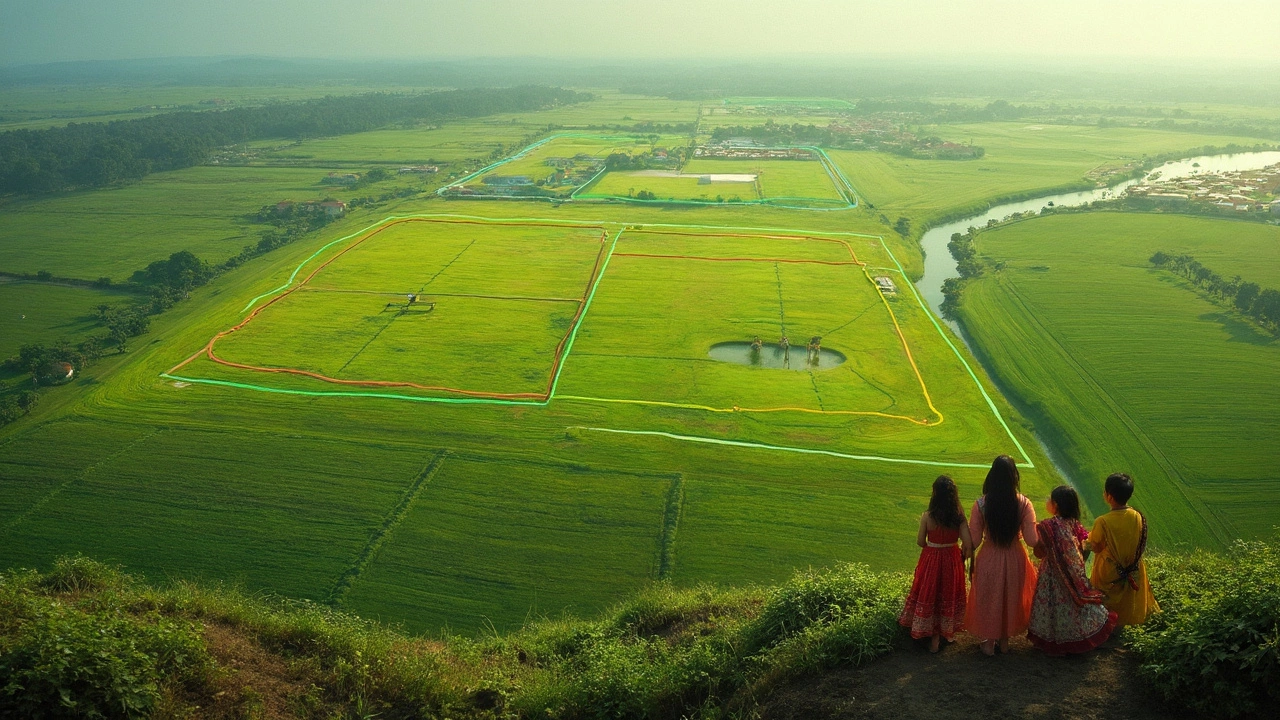Understanding Property Size: What It Means for Buyers and Renters
When you look at a listing, the first thing you see is usually the size – often shown as square feet or meters. That number tells you how much living space you’ll get, but it’s more than just a figure. Knowing how to read and use property size can save you money, avoid disappointment, and help you pick the right home.
Why Square Footage Matters
Square footage is the most common way to measure a home. Bigger isn’t always better, but a clear idea of space lets you estimate how many rooms you can fit, how much furniture you’ll need, and how much you’ll pay for utilities. A 1,200 sq ft apartment feels very different from a 1,200 sq ft house because layout and extra spaces (like a garage or balcony) change the experience.
For renters, size often determines the rent price. Landlords charge more for larger units, but they also expect higher maintenance costs. If you’re budgeting, compare the rent per square foot – it gives a quick sense of whether a place is priced fairly.
Buyers use size to gauge value. A home that offers more square footage for the same price as a smaller one is usually a better deal. However, you should also look at the quality of the space – a well‑designed 1,000 sq ft can feel more spacious than a poorly laid‑out 1,200 sq ft.
How to Compare Property Sizes
First, check if the size includes only livable areas or also garages, basements, and balconies. Listings sometimes mix the two, which can be confusing. When in doubt, ask the agent for a breakdown.
Second, look at the floor plan. A rectangular layout can feel more open than a long, narrow one, even if the total area is the same. Pay attention to the number of bedrooms and bathrooms; a 2‑bedroom, 2‑bathroom 800 sq ft unit might suit a small family better than a 1‑bedroom, 1‑bathroom 900 sq ft unit.
Third, compare the price per square foot. Divide the asking price or rent by the total square footage. If one property costs $150 per sq ft and another $200 per sq ft, the first is generally a better financial pick, assuming the condition and location are similar.
Finally, think about future needs. If you plan to grow your family or start a home office, add a buffer of about 200–300 sq ft to your ideal size. That extra space can save you from having to move again in a few years.
Understanding property size is about more than just numbers. It’s about matching space to your lifestyle, budget, and future plans. Use the tips above to read listings with confidence, ask the right questions, and choose a home that truly fits you.
How Big Is 100 Acres in Football Fields? Quick Land Size Comparison
by Arjun Mehta May 29 2025 0 LandEver wondered how big 100 acres really is? Comparing acres to football fields makes it easier to picture, especially if you're eyeing land for sale. This article breaks down the math, gives real-world size comparisons, and shares surprising ways people use plots this large. You'll walk away ready to spot a 100-acre parcel with confidence. Planning to buy or just curious, this quick guide is packed with practical info.
READ MORE